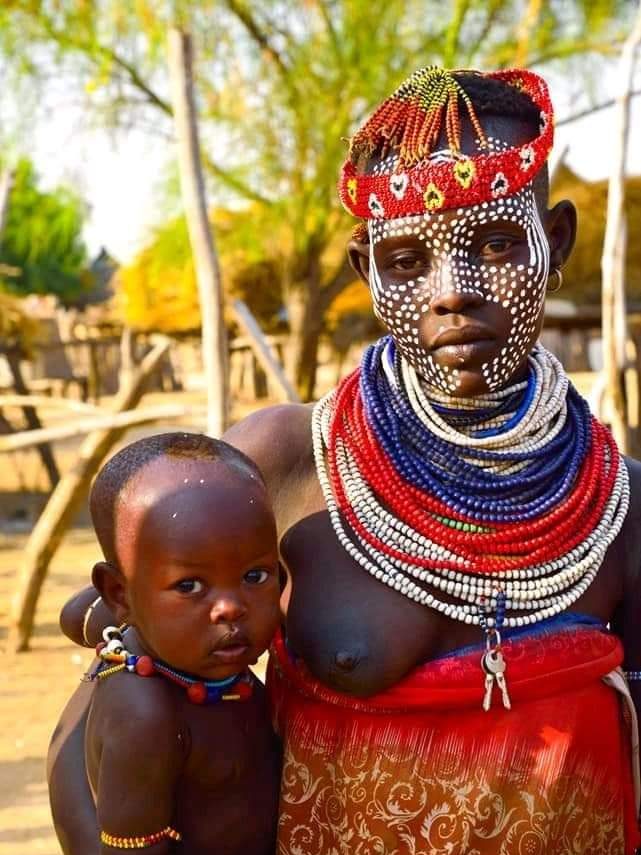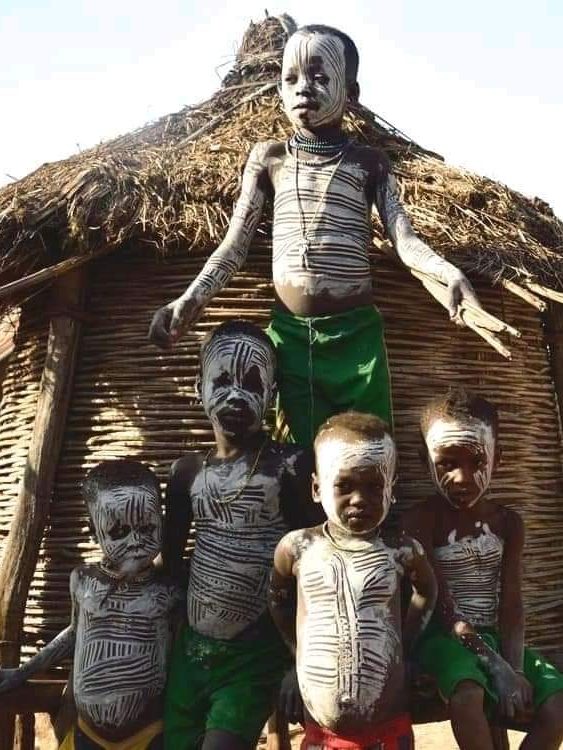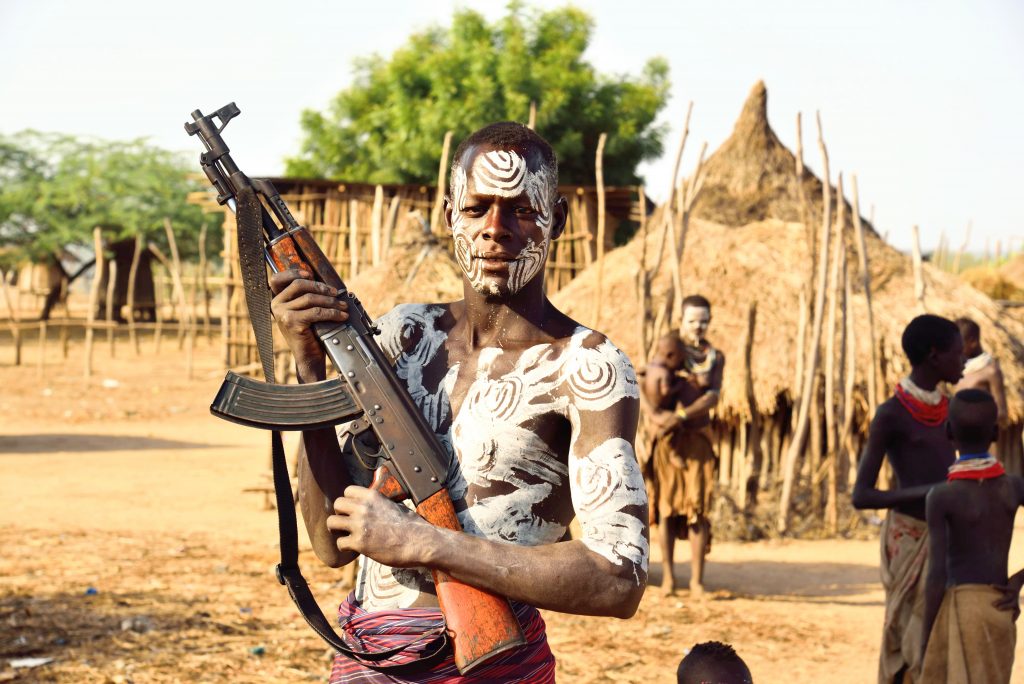In the Omo Valley, cattle serve as a source of pride and wealth, as well as a means of survival. Regrettably, Kara (Karo) has been deprived of this precious asset due to the devastating effects of disease and drought. However, this is not the only challenge that Kara faces. With a population of only approximately 1500, they are considerably smaller than neighboring tribes. Consequently, they are unable to establish their own market and must travel to Dimeka and Turmi Hamer to access the nearest market. Furthermore, this means that the Karo must maintain peaceful relations with the larger tribes, regardless of the circumstances.

Maintaining peace can be challenging, particularly when one is associated with the enemy of another. Although the Hamers and Nyangatom tribes are distinct, the Karo share a similar language with the Hamer, albeit with different dialects, and intermarry with them. Unfortunately, the Nyangatom view this amicable relationship with suspicion and frequently accuse the Karo of siding with the Hamers, leading to conflict.
Karo village
The Karo Village is comprised of three major Villages, namely Korcho, Dublk, and Dus, with the latter being the largest. The road leading to Dus is considered the most challenging in the Omo region, particularly during rainy seasons.
Korcho, on the other hand, is the most accessible Village for visitors. Upon arrival, one is greeted by the breathtaking view of the Omo River meandering through the valley, set against the backdrop of the Omo National Park. The view is truly majestic, allowing visitors to momentarily forget the harsh realities of the Omo Valley.

The Karo children, with their colorful body paintings, are a sight to behold. These people are renowned for their artistic body painting, which is only rivaled by the Surma Tribes.
Beutification
Kara women are known for their striking beauty and unique hairstyles. They shave the sides of their hair and leave the crown, which they twist into bulbous knots using red ochre mixed with butter. They also pierce their lower lips and adorn them with tiny sticks.
Karo men spend most of their days tending to their farms and goats. However, they know how to relax and beautify themselves on special occasions by painting their bodies with charcoal, white, yellow, and red earth found in the valley. They also make beautiful music and dance.
A karo man when he killed an enemy is considered a hero. He will make Head bun from colored earth and painted with a contrasting color. Then he puts a feather on top.

Bull jumping in kara
Similar to their Hamer counterparts, the Karo have a rite of passage for boys, which involves jumping over a row of bulls. Failure to do so means the boy will not be considered a man and will have to wait another year. This communal ritual activity is done on a special day chosen by the village elders. Karo boys and girls can marry with consent.

Pingback: Tribes of Omo Valley Ethiopia - My Ethiopia Tours